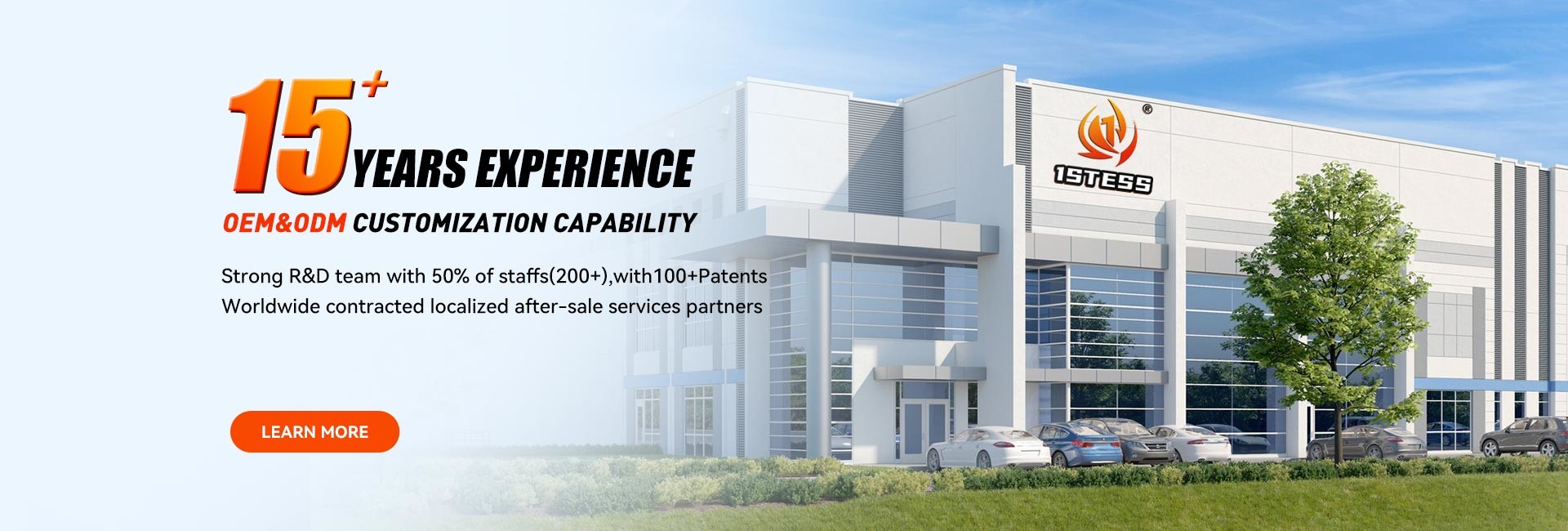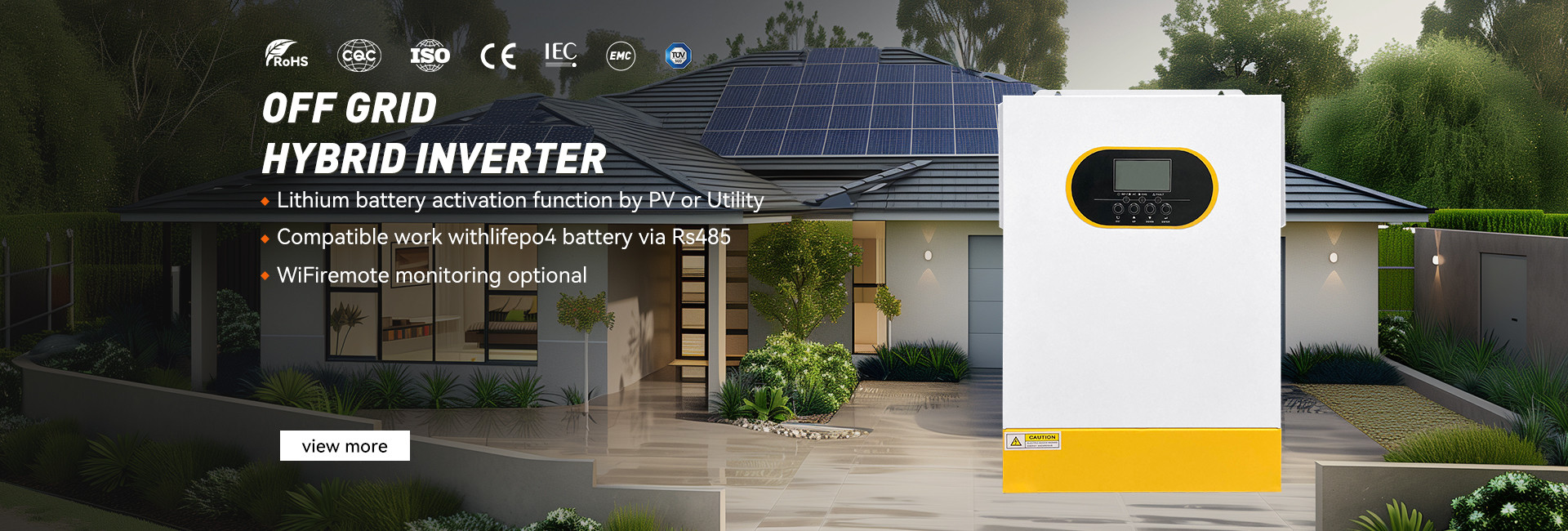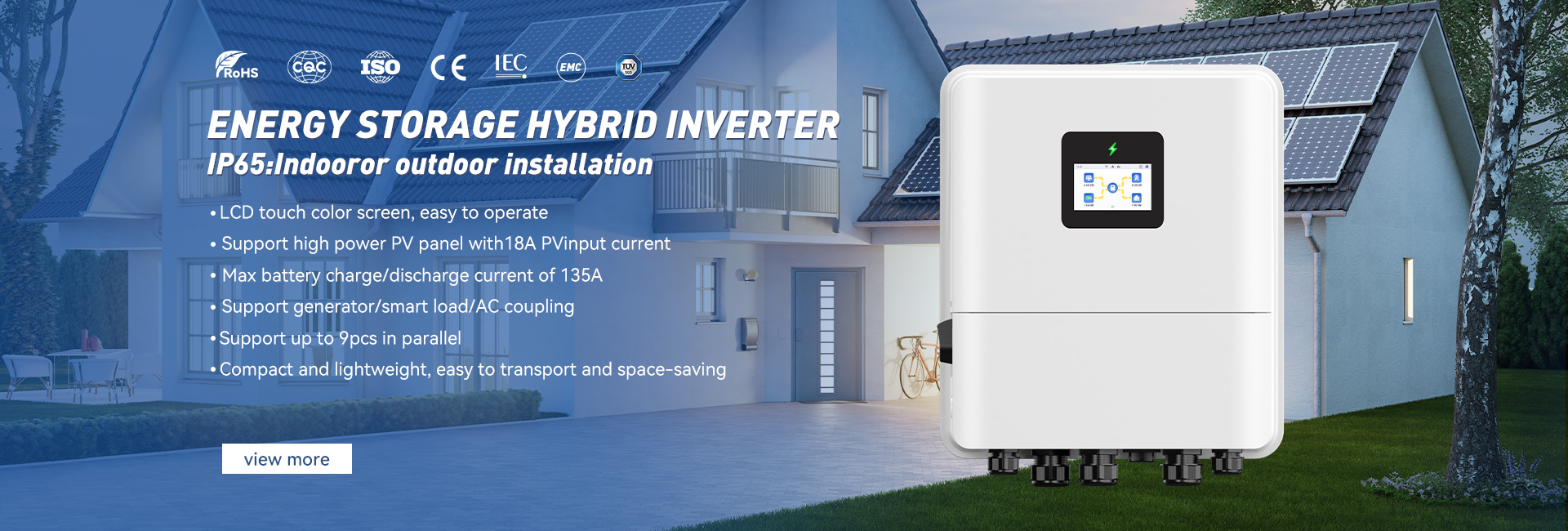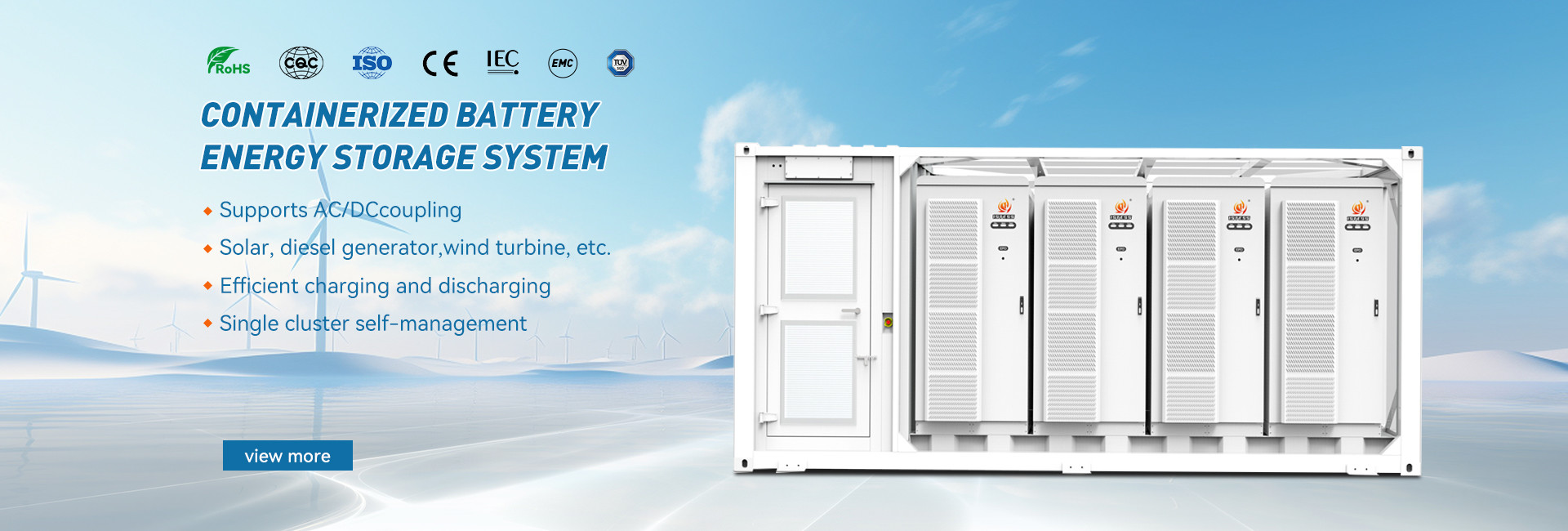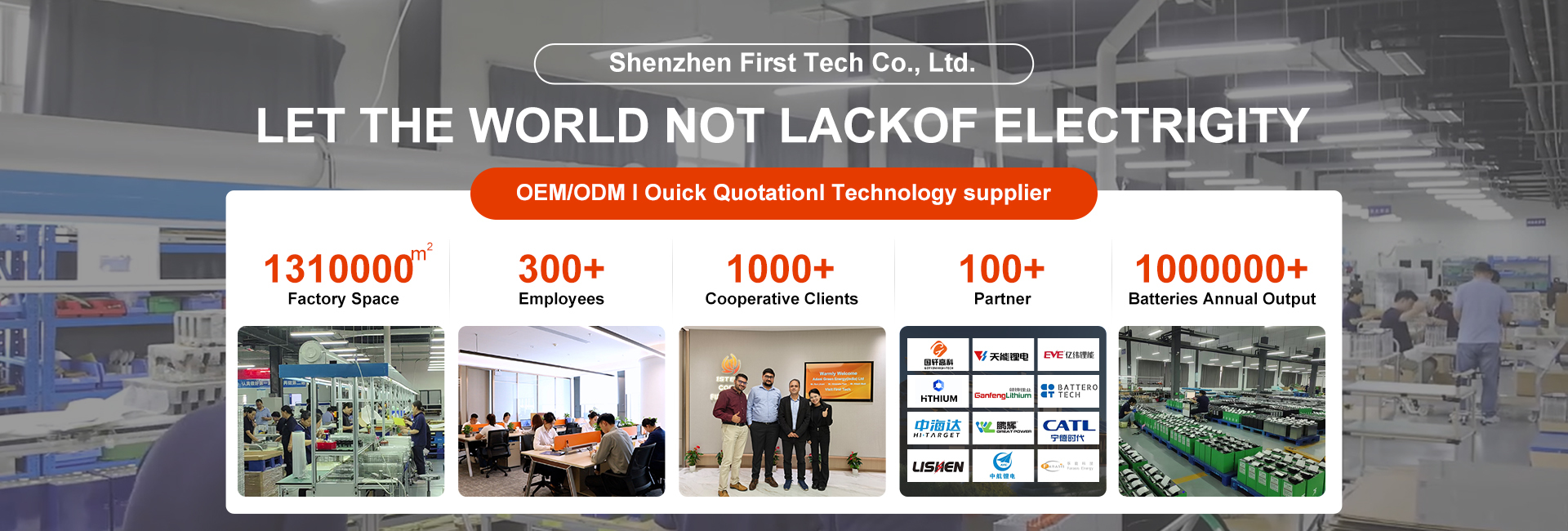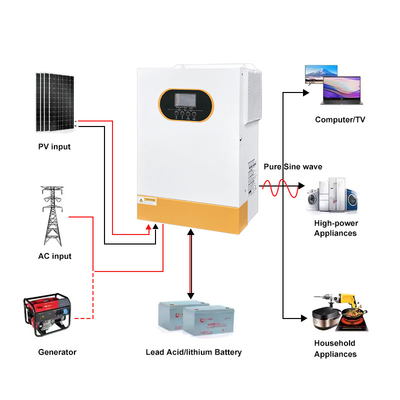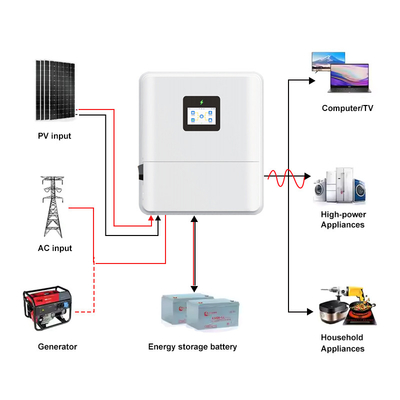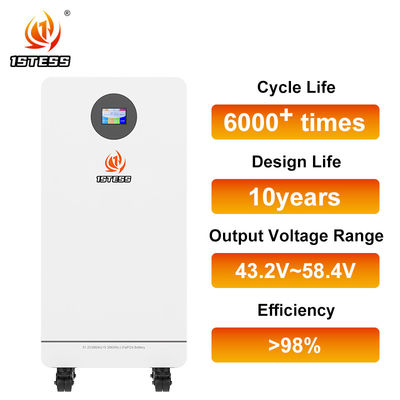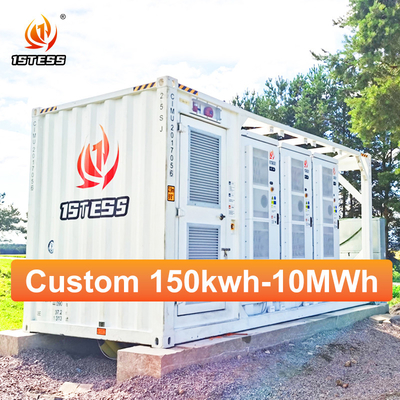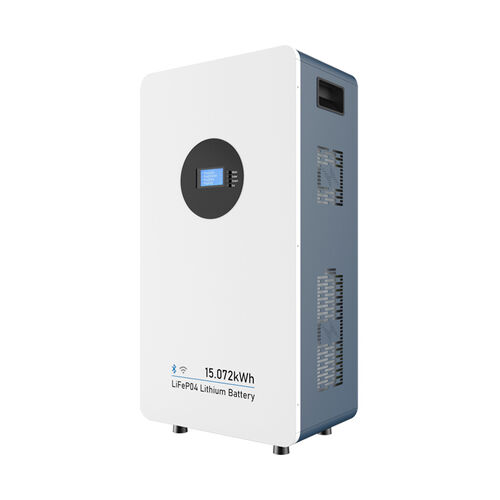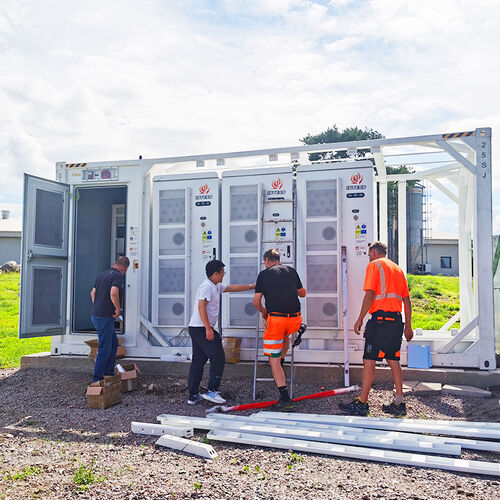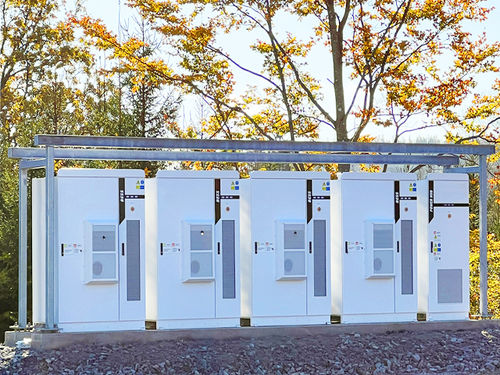Global Product Launch Press Conference Series: 48V/314Ah 15kWh LiFePO4 Battery System
2025-12-10
Introduction:
We are proud to introduce our latest energy storage solution—the 48V/314Ah 15kWh Lithium Iron Phosphate battery system. Designed with safety, scalability, and intelligence, this product is engineered to meet diverse climatic and geographical challenges worldwide. Below are simulated FAQ sessions from press conferences in 15 countries across Southeast Asia, the Middle East, and Africa, addressing local concerns with tailored insights
1. Thailand
Climate: Tropical, hot & humid, monsoon seasons.
Q1: How does the battery perform in high humidity and frequent rain?A: With an IP20 rating and operation in 5–90% relative humidity (non-condensing), the battery is suitable for indoor installation in Thailand’s humid climate. Proper ventilation and moisture-controlled environments are recommended.
Q2: Can it withstand frequent power fluctuations during storms?A: Yes. The BMS includes strong pre-charge and balancing capabilities, ensuring stable performance during grid instability or backup use.
Q3: Is cooling required in consistently hot weather?A: The battery operates from -20°C to 65°C discharging, but for optimal lifespan, we recommend installation in shaded, well-ventilated areas to avoid prolonged exposure above 50°C.
Q4: How does monsoon flooding risk affect installation?A: The unit is floor-mounted and should be placed above ground level in flood-prone areas. IP20 protects against drips and dust but is not waterproof.
Q5: Is it compatible with local solar inverters?A: Yes, with RS485/CAN communication, it integrates with most hybrid inverters used in Thai solar systems.
2. Vietnam
Climate: Tropical, high humidity, typhoon-prone.
Q1: Can the battery resist corrosion in coastal areas?A: The enclosure is designed to resist mild corrosion, but in salty coastal zones, we recommend additional protective housing or indoor installation.
Q2: How reliable is it during typhoon-related power outages?A: With a peak discharge of 200A for 3 minutes and stable performance under varying loads, it is ideal for backup power during outages.
Q3: What is the effect of high ambient temperatures on cycle life?A: Above 40°C, derating may occur. We advise installing in cooled or ventilated spaces to maintain cycle life up to 6000 cycles.
Q4: Can multiple units be used for larger backup needs?A: Yes, up to 16 units can be paralleled without an external controller, scaling to 160kWh—suitable for commercial backup.
Q5: Does humidity affect the BMS communication?A: The electronics are protected against humidity within the specified range, but connectors should be kept dry.
3. Indonesia
Climate: Equatorial, hot, rainy, volcanic regions.
Q1: How does the battery perform in high-altitude areas like mountainous regions?A: It is rated for installation up to 3000m, making it suitable for most Indonesian highlands without performance loss.
Q2: Is it safe in areas with frequent seismic activity?A: While not specifically earthquake-rated, the sturdy construction and floor-mount design improve stability. Secure mounting is advised.
Q3: Can it handle constant high temperatures year-round?A: Yes, the LiFePO4 chemistry is stable up to 65°C, but for longevity, avoid sustained operation above 50°C.
Q4: How is dust protection ensured in dry seasons?A: IP20 protects against large dust particles. In very dusty environments, additional enclosure sealing is recommended.
Q5: Is remote monitoring available for remote islands?A: Yes, the system supports remote data history and firmware upgrades via communication interfaces, ideal for off-grid islands.
4. Philippines
Climate: Tropical maritime, typhoons, high humidity.
Q1: How does the system fare in extreme weather events?A: Designed for indoor use, it should be installed in secure structures to avoid water ingress and physical damage during typhoons.
Q2: Can it be used in off-grid island communities?A: Absolutely. Its compatibility with off-grid inverters and scalable capacity makes it perfect for island microgrids.
Q3: What maintenance is needed in salty air environments?A: Regular inspection of terminals and enclosures for corrosion is advised. The battery itself is maintenance-free.
Q4: How quickly can it charge using local solar resources?A: With a max charge current of 200A and recommended 150A, it supports fast solar charging in sunny hours.
Q5: Is it certified for use in residential areas?A: Yes, it complies with IEC62619, UN38.3, CE, and CEC, meeting international safety standards.
5. Malaysia
Climate: Tropical, humid, consistent heat.
Q1: How does the battery handle continuous high humidity?A: Operating within 5–90% non-condensing humidity, it is suitable for Malaysian weather if installed in well-ventilated indoor spaces.
Q2: Can it be integrated with existing solar PV systems?A: Yes, it is compatible with most hybrid inverters used in Malaysia for self-consumption and backup.
Q3: What is the expected lifespan in hot climates?A: While design life is 15 years, maintaining temperature below 40°C ensures closer adherence to the 6000-cycle lifespan.
Q4: Is technical support available locally?A: We partner with local distributors for installation support and warranty services.
Q5: How does it perform during frequent grid outages?A: With high discharge capability and stable voltage range, it provides reliable backup power.
6. Saudi Arabia
Climate: Desert, extreme heat, sandstorms.
Q1: Can the battery operate in extreme desert heat?A: It functions up to 65°C, but derating occurs above 40°C. We recommend climate-controlled installation for optimal performance.
Q2: How is sand/dust ingress prevented?A: IP20 offers basic dust protection. In sandy areas, we advise installing in sealed electrical rooms or using additional enclosures.
Q3: Is it suitable for solar integration in remote desert projects?A: Yes, its wide temperature range and communication capabilities make it ideal for desert solar storage.
Q4: What cooling requirements are needed?A: Active cooling or air-conditioned spaces are recommended to maintain temperature below 40°C.
Q5: How reliable is it for continuous daily cycling?A: With 6000+ cycles at 90% DoD, it is built for daily use in solar applications.
7. UAE
Climate: Desert, very hot, humid coastal areas.
Q1: How does coastal humidity impact battery safety?A: The battery is designed for non-condensing humidity. In coastal HVAC-controlled indoor spaces, it performs reliably.
Q2: Can it support large villa backup systems?A: Yes, parallel support for up to 16 units allows scaling to 160kWh for large homes or commercial use.
Q3: What certifications ensure safety in residential use?A: IEC62619, UN38.3, CE, and CEC certifications guarantee safety and reliability.
Q4: How does it handle rapid temperature changes from day to night?A: The LiFePO4 chemistry is stable across wide temperature swings, ensuring consistent performance.
Q5: Is remote monitoring available for multiple installations?A: Yes, remote data logging and firmware upgrades are supported via RS485/CAN.
8. Qatar
Climate: Desert, very hot, sandy.
Q1: What measures protect against sand and high heat?A: IP20 housing and temperature-derating features protect the battery. Install in cooled, sealed enclosures.
Q2: Can it be used in construction site temporary power?A: Yes, but it must be placed in shaded, clean environments to avoid dust and extreme heat exposure.
Q3: How long does installation take?A: Floor-mounted design allows quick setup, usually within a few hours with professional help.
Q4: Is it compatible with generators for hybrid systems?A: Yes, it can be integrated with generator-inverter setups for continuous power.
Q5: What warranty is offered in hot climates?A: Standard warranty applies, with extended options available through local partners.
9. Oman
Climate: Desert, hot, coastal humidity.
Q1: How does it perform in mixed desert-coastal environments?A: Suitable for indoor, climate-controlled spaces. Regular inspection for corrosion in coastal areas is advised.
Q2: Can it be scaled for oil & gas remote facilities?A: Yes, parallel capability and robust design make it fit for industrial energy storage.
Q3: What is the charging efficiency in high temperatures?A: Charging efficiency remains high, but reduced current above 50°C may extend charging time slightly.
Read More

 Your message must be between 20-3,000 characters!
Your message must be between 20-3,000 characters! Please check your E-mail!
Please check your E-mail!  Your message must be between 20-3,000 characters!
Your message must be between 20-3,000 characters! Please check your E-mail!
Please check your E-mail! 
